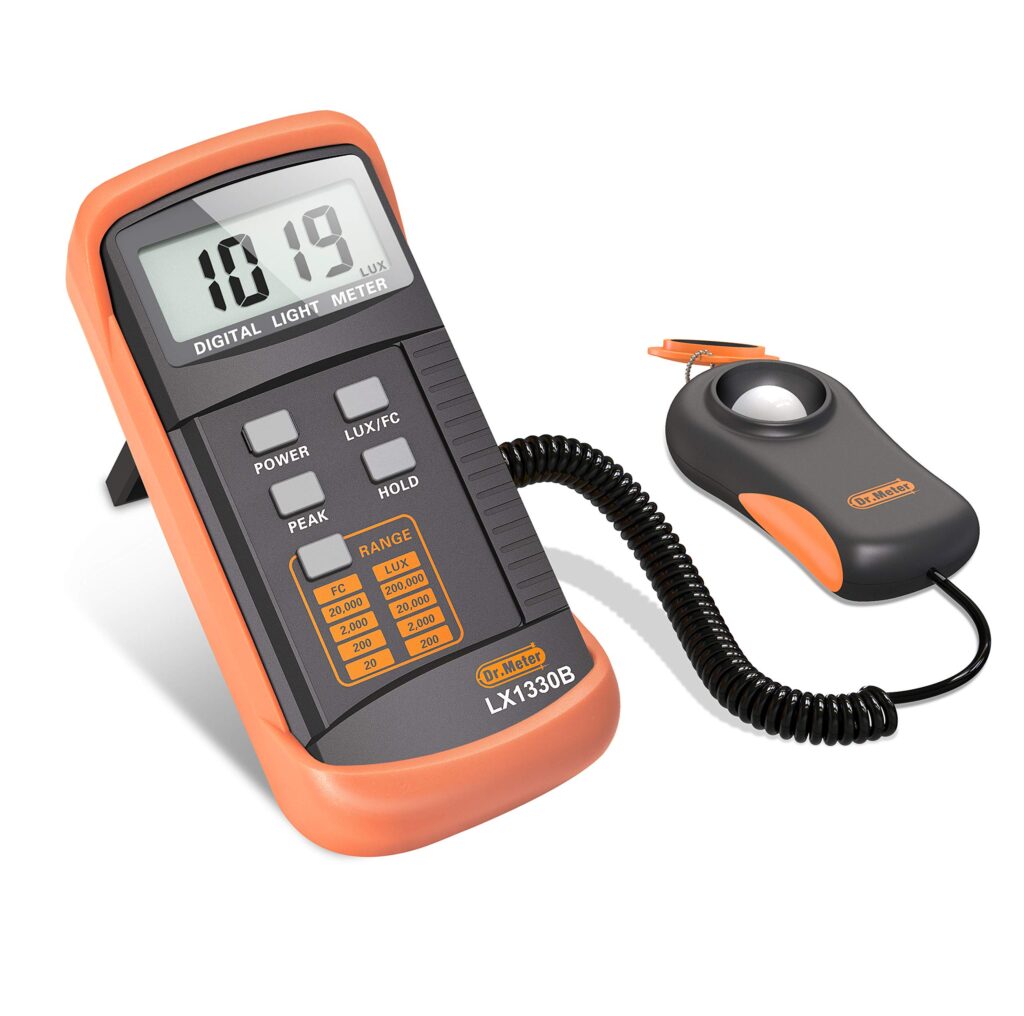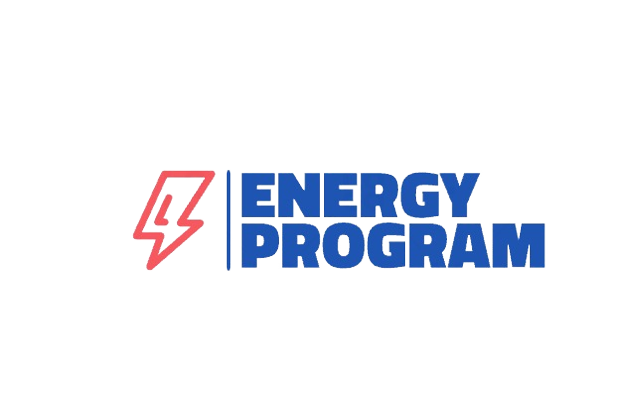Lighting plays a crucial role in creating a productive and comfortable work environment. Proper lighting can reduce eye strain, prevent accidents, and enhance overall workplace safety. To ensure optimal lighting conditions, it is important to understand key concepts such as Lux and the ASNZS 1680 standards. In this blog post, we will explore what Lux is and how the ASNZS 1680 standards guide lighting design in workplaces.
What is Lux?
Lux is a unit of measurement for illuminance, which is the amount of light that falls on a surface. It is used to quantify the intensity of light in a given area, ensuring that spaces are adequately lit for their intended use. One Lux is equivalent to one lumen per square meter. For instance, a well-lit office typically requires an illuminance level of around 500 Lux, while a corridor might only need about 100 Lux.

Why is Lux Important?
Proper illuminance levels are vital for several reasons:
- Visual Comfort: Adequate lighting reduces eye strain and fatigue, contributing to visual comfort and overall well-being.
- Safety: Sufficient lighting helps prevent accidents and improves safety by making hazards more visible.
- Productivity: Good lighting enhances productivity by providing a comfortable and efficient working environment.
- Mood and Ambiance: The right lighting can positively influence mood and ambiance, promoting a better work atmosphere.
What are ASNZS 1680 Standards?
ASNZS 1680 refers to a set of standards jointly developed by Australia and New Zealand that provide guidelines for interior and workplace lighting. These standards ensure that lighting installations meet the necessary requirements for visual performance, comfort, and safety in various environments. The key aspects covered by ASNZS 1680 include:
- Illuminance Levels: The standards specify the minimum and recommended illuminance levels for different types of workspaces and tasks. This ensures that each area is adequately lit for its specific purpose.
- Glare Control: ASNZS 1680 addresses the issue of glare, which can cause discomfort and reduce visual performance. The standards provide guidelines for minimizing glare through proper lighting design and fixture placement.
- Uniformity: Uniform lighting distribution is crucial to avoid areas of excessive brightness or darkness. The standards ensure that lighting is evenly distributed across the workspace.
- Color Rendering: The ability of a light source to accurately render colors is important for certain tasks. ASNZS 1680 includes guidelines for color rendering to ensure that colors appear natural and true to life.
- Energy Efficiency: The standards promote energy-efficient lighting solutions, encouraging the use of technologies that reduce energy consumption and environmental impact.
Key Aspects of ASNZS 1680 Standards
- Task Lighting: The standards specify higher illuminance levels for tasks requiring detailed visual work, such as reading, writing, or precision assembly. For example, a design office might require illuminance levels of up to 750 Lux.
- General Lighting: For general areas such as hallways, meeting rooms, and break rooms, the standards provide recommended illuminance levels to ensure overall visibility and comfort.
- Emergency Lighting: ASNZS 1680 includes provisions for emergency lighting to ensure safety in the event of a power outage. This includes guidelines for the placement and illuminance levels of emergency lights.
- Outdoor Lighting: The standards also cover outdoor lighting for areas such as parking lots, walkways, and building exteriors, ensuring safety and security outside the workplace.
Implementing ASNZS 1680 in Your Workplace
To comply with ASNZS 1680 standards and create an optimal lighting environment, consider the following steps:
- Lighting Assessment: Conduct a thorough assessment of your current lighting setup to identify areas that need improvement. Measure the illuminance levels and compare them with the recommended values.
- Lighting Design: Work with a lighting designer or consultant to create a lighting plan that meets the ASNZS 1680 standards. Consider factors such as task requirements, glare control, and uniformity.
- Fixture Selection: Choose lighting fixtures that provide the appropriate illuminance levels and comply with energy efficiency guidelines. LED lighting is often recommended for its energy-saving benefits and versatility.
- Regular Maintenance: Ensure that lighting fixtures are regularly maintained and cleaned to maintain optimal performance. Replace any faulty or outdated fixtures promptly.
